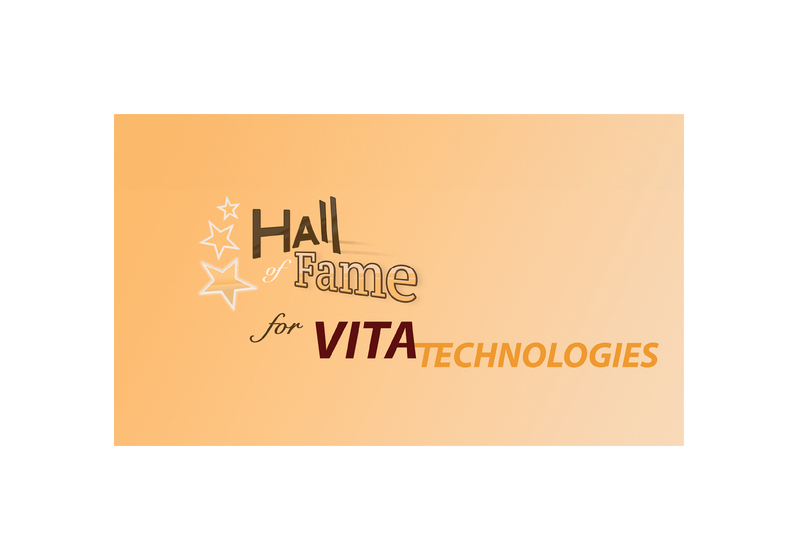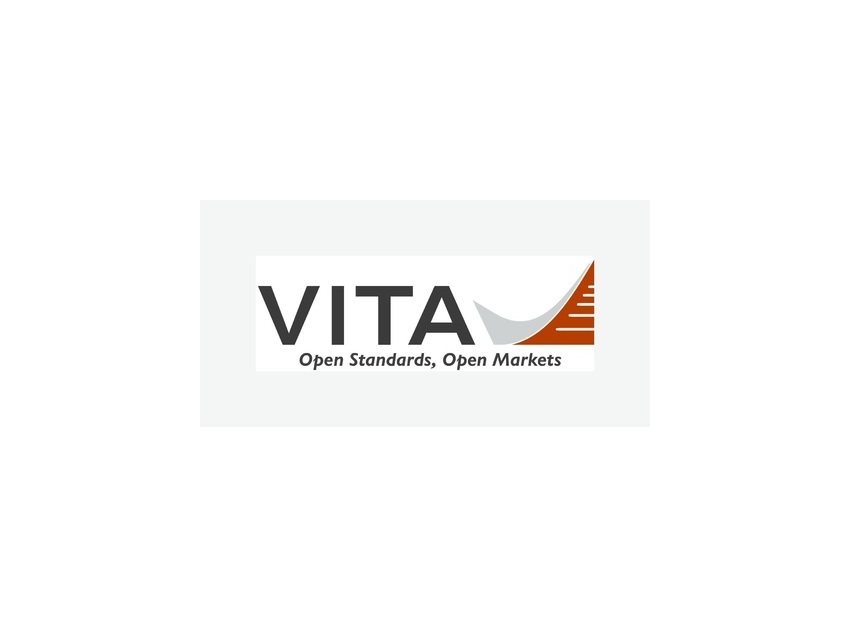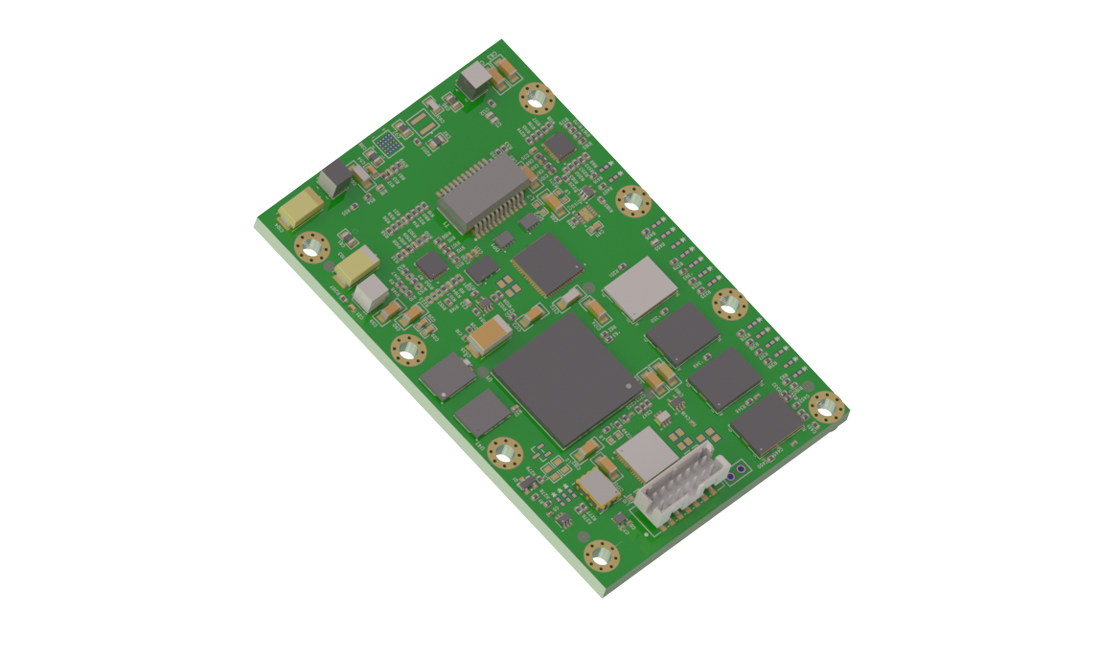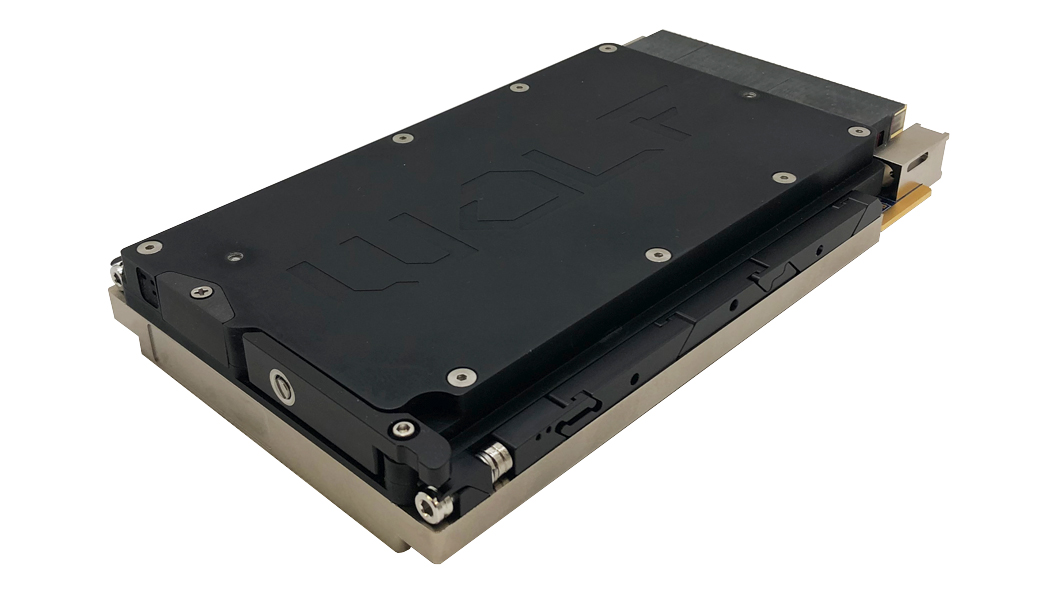VME: Can you brief our readers on the focus of your division at Curtiss-Wright Controls Embedded Computing (CWCEC)?
DIETZ: The Santa Clarita business unit of Curtiss-Wright Controls Embedded Computing specializes in the design and production of subsystem electronics for a wide array of military platforms including ground vehicles, marine platforms, airborne platforms, and naval vessels. Some examples include the Stryker Mobile Gun System, Bradley Fighting Vehicle, Abrams M1A2 tank, and Terrier combat support tractor. Additionally, we design and produce several net-centric platforms for Unmanned Air Vehicles (UAVs) such as the Sensor Management Unit (SMU) for the Global Hawk and GbE switching modules for the J-UCAS UAV.
We also have extensive motion control experience including the Actuation Control Unit for the 767 aerial refueling tanker and ammunition handling electronics for the FCS Mounted Combat System. Teamed with Moog, we are the supplier of the Servo Motor Controller (SMC) family of high-power density single and multiple-channel servo motor controllers, used on all FCS Manned Ground Vehicles. In addition, we have a family of Fiber Optic Gyro (FOG) based rate sensor assemblies for marine, naval, and ground vehicles. Our capabilities include program management, systems engineering, and project engineering.
VME: Today’s systems increasingly demand higher performance while meeting Size, Weight, and Power (SWaP) requirements and budgetary restraints. How are systems integrators facing this challenge?
DIETZ: System integrators are always faced with SWaP and cost issues when defining new system architectures. More and more, we are seeing performance-based subsystems defined by high-level Systems Requirements Specifications (SRS) and demanding Statements of Work (SOW). These have requirements not only for SWaP, but also for demanding environmental requirements and specialty engineering requirements (reliability, maintainability, logistics, human factors, and so on), which define a field-ready deployable system. Working with our customers as a team, we conduct system-level trade studies to define the optimized system architecture, which often includes a combination of COTS components, developed items, and customer-furnished components.
VME: How is RoHS affecting today’s systems integration puzzle?
DIETZ: Since the military market no longer drives the electronic parts market, we are being forced to address the many problems RoHS compliance causes or can cause to equipment used in harsh environments. One of the main problems we face is that different military customers have different requirements regarding RoHS. Our customers’ requirements can range from wanting to avoid the use of RoHS compliant parts, having even more stringent material requirements, or being silent regarding RoHS compliance. The key to solving these problems is to first ensure that we have a robust process in place to understand and monitor program requirements, especially during the development process, which often experiences changes in requirements. Once requirements are understood and controlled, the key to complying with our customer’s RoHS requirements is to have a strong parts control program in place to make sure customers receive products that meet their requirements.
Additionally, RoHS requirements complicate the already difficult task of controlling obsolescence over the typical long life of a military program. As part manufacturers are discontinuing non-RoHS compliant parts in even greater numbers, component selection and procurement become more difficult. Again, Curtiss-Wright mitigates this problem with a parts control program that includes obsolescence management.
VME: Time to market is a key aspect of systems deployment. Has COTS been a help or a hindrance in that regard?
DIETZ: The availability of COTS products is a significant help in time to market. We are typically able to tailor our subsystem design to take advantage of available COTS products both within Curtiss-Wright and from other COTS suppliers, and then couple those products with additional hardware and software designed to meet the needs of the program. By utilizing COTS products, we can often significantly reduce the nonrecurring costs and development time associated with new product development, thereby significantly reducing programmatic risk. The use of COTS products, design reuse, and an extensive hardware and software design capability all work together to help provide the best balance between the often competing program needs of time to market, NRE cost, and recurring unit price.
VME: CWCEC has entered into the VPX world. How do you see VPX deployment evolving in the next three years?
DIETZ: Current VPX development has focused on high-performance processors and high-speed digital interfaces not obtainable with traditional VME or CompactPCI form factors. The introduction of XMC mezzanine products, high-speed video, and I/O products that are VPX based will continue to develop over time. We are in a transition period during which customers want the latest VPX processor technology, but might still need traditional I/O products to complete an integrated subsystem. Or the customer may have legacy products of their own that are not available as a VPX board.
We will continue to see more fielding of new systems, especially those dominated by high-performance VPX SBC and DSP cards, but we believe VME and CompactPCI still have their place. To allow for the integration of VPX, VME, and CompactPCI within the same system, we often utilize mixed backplanes that enable legacy cards to be used along with the latest-generation VPX and XMC cards.
VME: Power dissipation and thermal management, along with module interoperability are major technical concerns in systems integration. How can these challenges be overcome?
DIETZ: We employ a variety of techniques to manage power dissipation depending on the application. Moderate power densities can be handled with unique heat-path designs that enhance the ability of the system to conduct heat from the circuit cards to the chassis. As the power densities increase we use a variety of conduction- and convection-cooling methods, including heat pipes, internal fans that blow air through channels in chassis sidewalls, and in some cases, through the circuit cards themselves. In the most severe cases, some form of liquid cooling is used to remove the heat from the electronics. We have successfully deployed liquid-cooled base plates, chassis with liquid-cooled sidewalls, and circuit cards with liquid running through specially designed heat frames.
Interoperability issues present a particularly frustrating risk to system integrators. Our approach is to provide both interoperable COTS products and fully engineered subsystems meeting our customer’s demanding specifications; this eliminates much of the customer’s risk and labor in system integration. Our extensive experience with designing and integrating COTS products also puts us in a strong position to both specify modules to meet our customer’s requirements and to solve some of the complex problems that arise when COTS products from a variety of vendors are matched with custom electronics.
David M. Dietz is vice president and general manager of CWCEC, Santa Clarita. He has been with Curtiss-Wright since its acquisition of the Vista Controls organization in 2001, where he initially held the position of vice president of engineering. He has held senior-level management positions in engineering, operations, IT, business development, and executive management. David is a licensed attorney and has a background in intellectual property and contracts. He holds a B.S. in Electrical Engineering from California State University, Northridge and a J.D. from the UCLA School of Law. He can be reached at [email protected].
Curtiss-Wright Controls Embedded Computing
661-705-1150
www.cwcembedded.com






